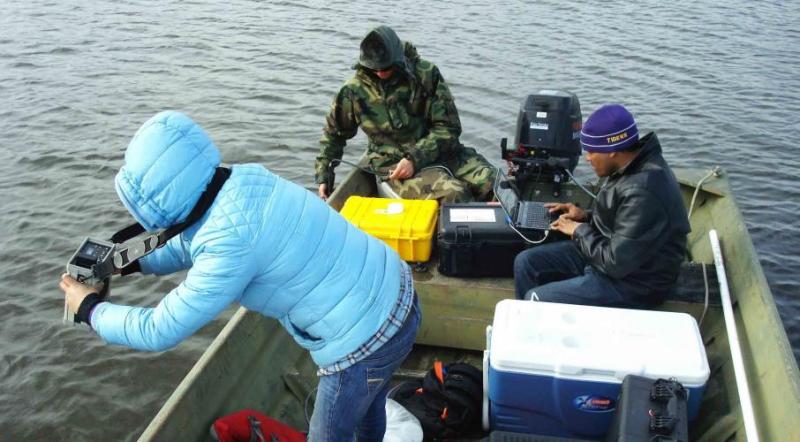
Padmanava Dash
Monitoring water quality of the lower Pearl River estuary
Monitoring harmful algal blooms with Unmanned Aerial Systems (UAS) helps to recognize HAB outbreaks with greater accuracy, speed and geographic coverage. And that’s important because many HABs have significant economic impacts, such as shellfish closures, wild or farmed fish mortalities, and scared consumers who avoid purchasing seafood causing major loss of sales revenue in the fisheries and tourism industries. MSU Geosciences faculty member Padmanava Dash and graduate students Saurav Silwal, Christopher Zarzar and John Van Horn are monitoring the water quality of the lower Pearl River estuary in an effort to protect numerous coastal shellfish beds that could be negatively impacted by HABs because of freshwater input through the estuary. They are using UASs equipped with several onboard sensors, including optical and hyperspectral and multi-spectral camera-based technology to help them identify suspended sediments, HABs and colored dissolved organic matter faster than the traditional methods of satellites, ships, aircrafts, and surface -based sensors. UAS expands these researchers’ ability to observe and access otherwise inaccessible areas to gather critical information needed to conserve and protect valuable marine resources.